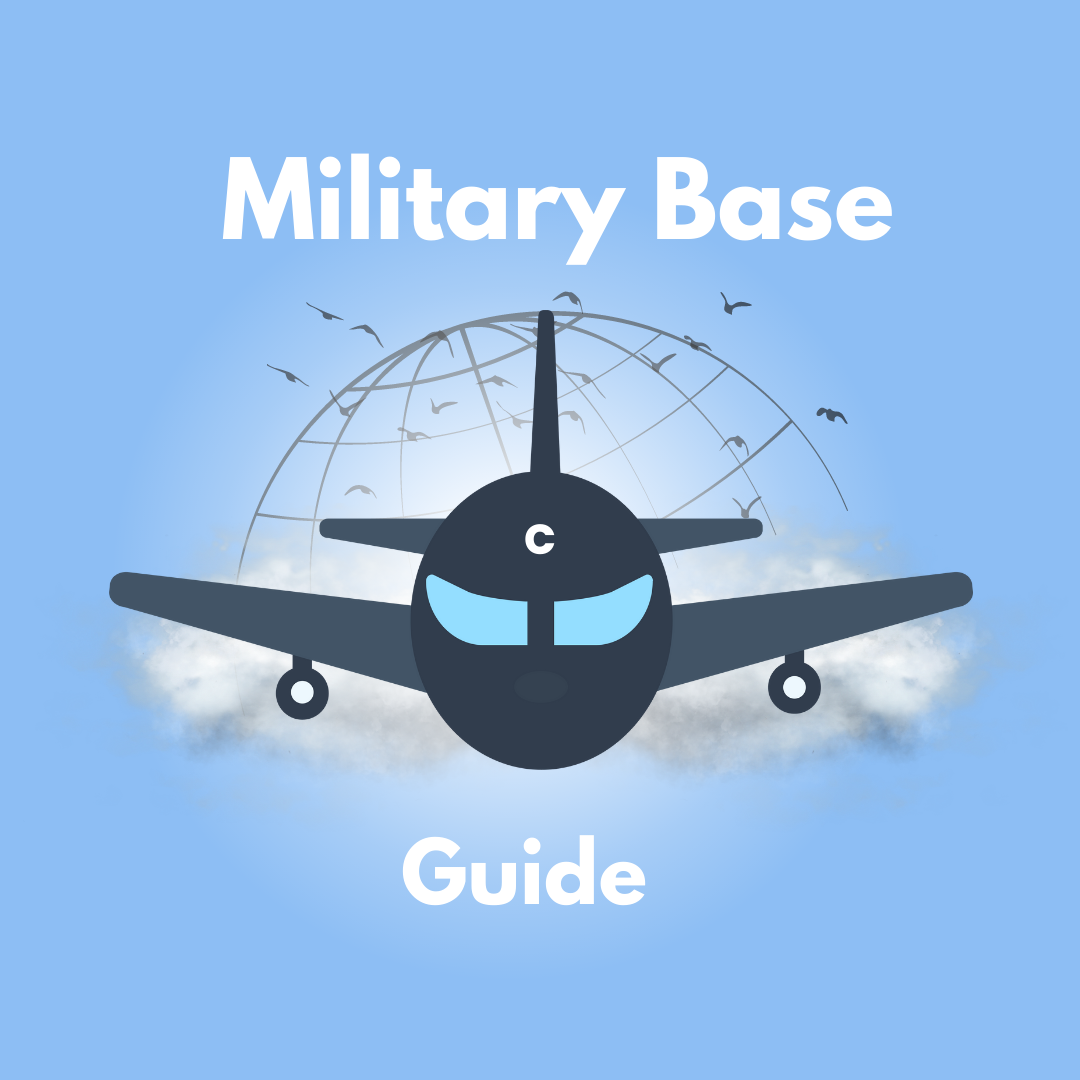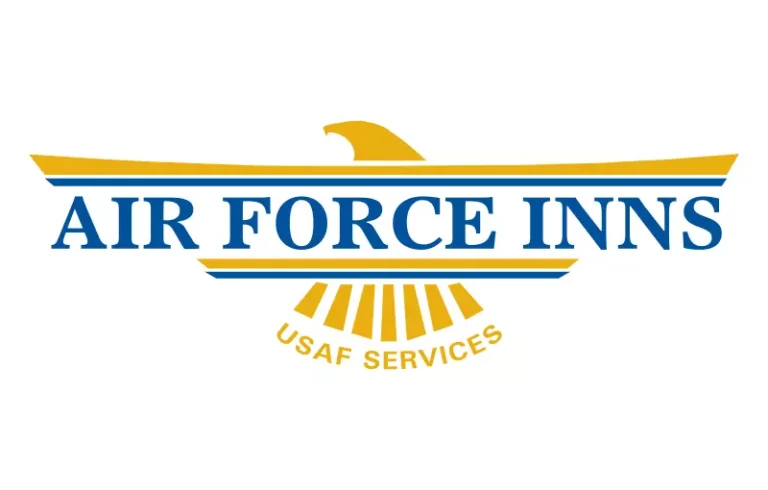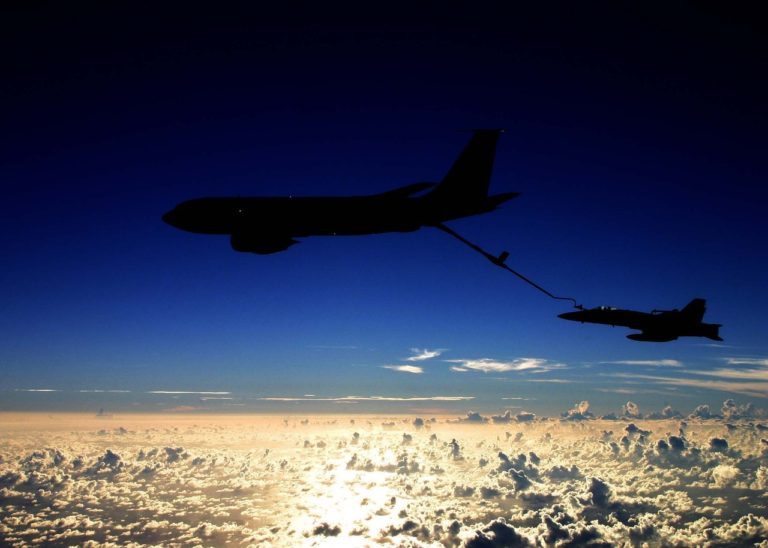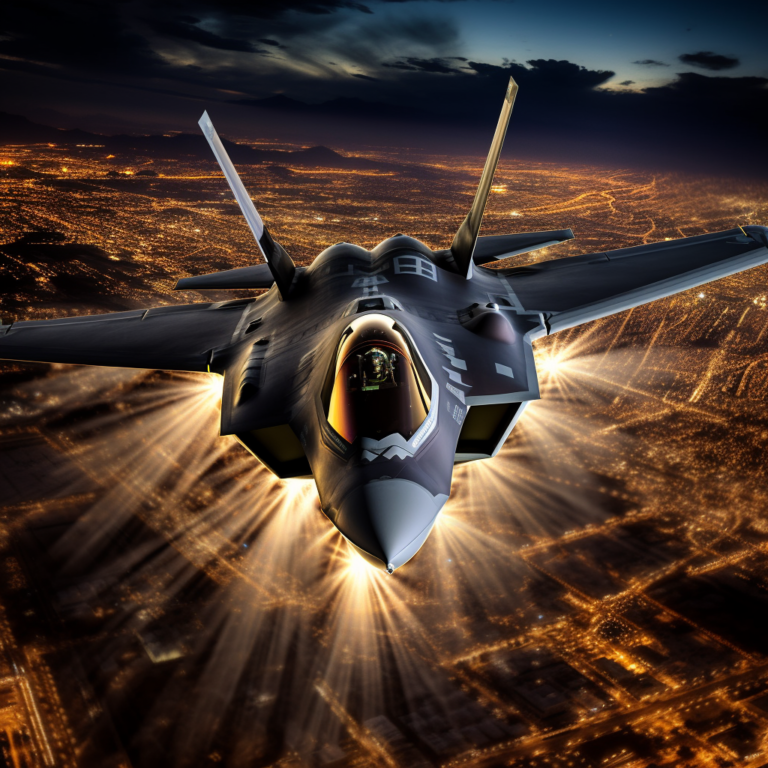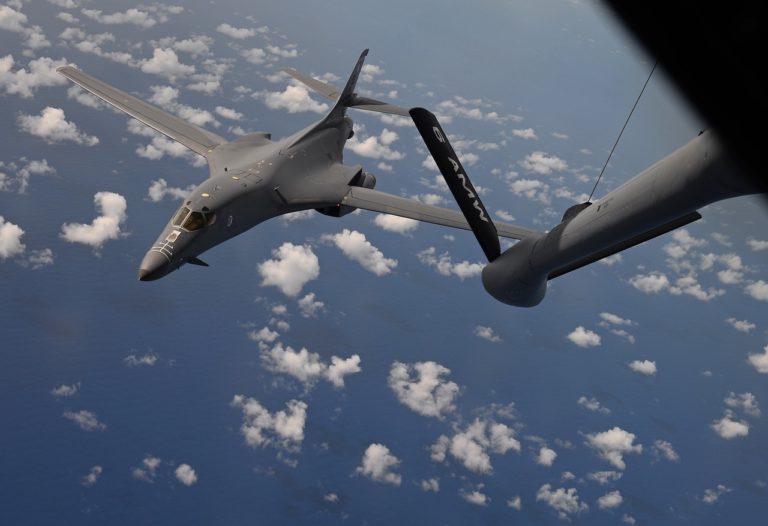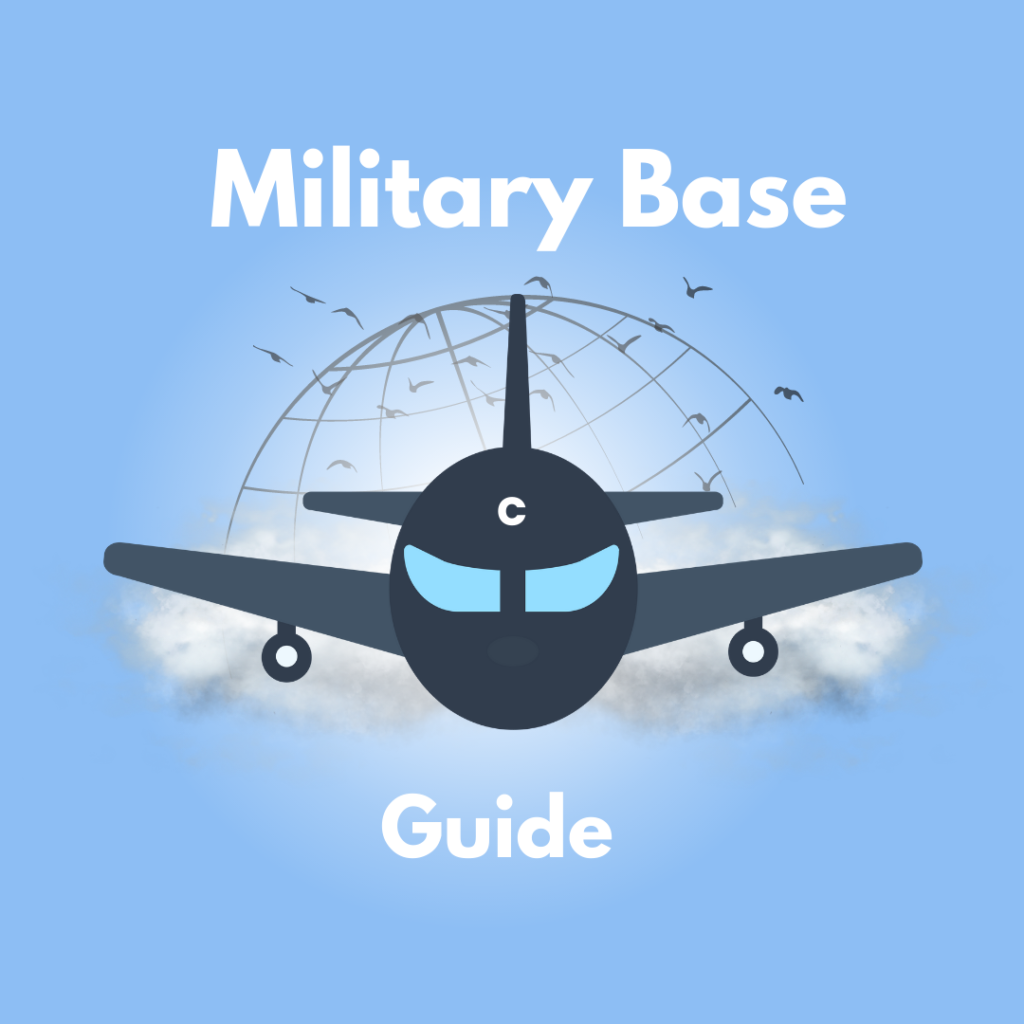Becoming a Military Aviator: Air Force Times Reveals the Path to Success
Are you dreaming of soaring through the skies, defying gravity, and being part of a prestigious and elite group? If becoming a military aviator has been a lifelong passion, the Air Force Times has revealed the path to success in their recent publication. Let’s take a closer look at the steps required to achieve this exciting and challenging career.
Step 1: Research and Self-Assessment
The first and most crucial step towards a military aviation career is understanding the commitment and requirements involved. Start by conducting thorough research on the different branches of the military, specifically the Air Force, Navy, Army, and Marines, which all have aviation programs. Consider the unique opportunities each branch offers and align them with your personal goals and aspirations.
Step 2: Educational Requirements
The next step is to acquire the necessary education and qualifications. Most military aviators have a bachelor’s degree; therefore, focus on achieving excellent academic performance during high school and strive to gain acceptance into a reputable college or university. Upon graduation, a degree in a related field such as aeronautical engineering, aviation, or physics will provide a competitive edge.
Step 3: Officer Candidate School/Officer Training School
To become a military aviator, you must first serve as an officer. Every branch of the military requires applicants to go through an Officer Candidate School (OCS) or Officer Training School (OTS). These programs evaluate candidates’ leadership potential, physical fitness, and mental aptitude. Successful completion of OCS/OTS will pave the way for acceptance into flight training.
Step 4: Flight Training
Once accepted into flight training, aspiring aviators enter an intensive program designed to develop their flying skills. The duration and specific training processes differ for each branch. In the case of the Air Force, aspiring aviators undergo Initial Flight Training (IFT) followed by specialized undergraduate pilot training (SUPT). This rigorous program focuses on developing aviation skills, aviation medicine, and combat training.
Step 5: Aircraft Assignment
After completing flight training, aviators receive their aircraft assignments based on a variety of factors such as their training performance, needs of the military, and personal preferences. Each aircraft assignment offers unique challenges and opportunities, ranging from fighter jets and cargo planes to helicopters and drones.
Step 6: Continuous Learning and Advancement
The journey of a military aviator does not end with receiving an aircraft assignment. Continuous learning and advancement are an ongoing part of the career. Aspiring aviators should be prepared to adapt to new technologies, participate in regular training exercises, and remain up-to-date with evolving tactics and strategies. This commitment to learning and growth will ensure long-term success in this dynamic field.
Step 7: Embrace the Military Aviator Lifestyle
Becoming a military aviator is not only about flying aircraft but also embracing the lifestyle that comes with it. This lifestyle often includes frequent relocations, extended deployments, and the need to balance personal and professional commitments in unusual circumstances. A military aviator must be adaptable, disciplined, and ready to face the challenges associated with this extraordinary career path.
Embarking on the journey to become a military aviator is an honorable and awe-inspiring endeavor. By following the steps outlined by the Air Force Times, aspiring aviators can gain insight into the path to success while building the necessary skills and knowledge to excel in this extraordinary field. So, strap yourself in, get ready for the adventure of a lifetime, and take flight towards your dreams!
